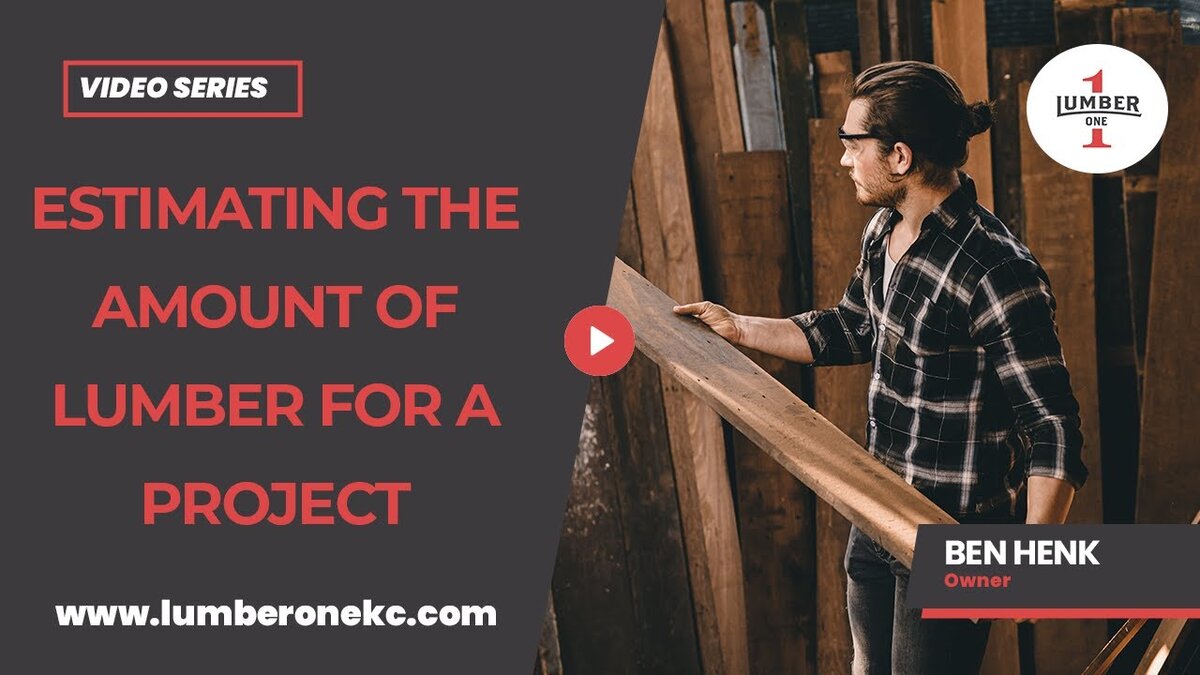Should you choose sawn lumber or planed lumber for your project?
The decision depends on factors like texture, workability, and cost. Sawn lumber has a rough, natural surface, while planed lumber is smooth and ready to use. Understanding the differences between the two will help you select the best option for your needs.
What is Sawn Lumber?
Sawn lumber, often referred to as rough-sawn lumber, is wood that has been cut directly from the log. This type of lumber retains a rough texture because it hasn’t been planed or sanded down. Here are the key characteristics of sawn lumber:
- Texture: The surface of sawn lumber is rough, giving it a more rustic and natural appearance. This texture is often desirable in projects where you want to emphasize the wood’s natural characteristics.
- Workability: Due to its rough surface, sawn lumber may require additional processing if a smoother finish is needed. However, for projects that aim for a more rugged look, sawn lumber can be used as is.
- Practical Considerations: Some believe that sawn lumber might retain dust more than planed lumber. While this isn’t a major issue, it’s something to keep in mind depending on where the lumber will be used.
- Cost and Availability: Sawn lumber can sometimes be more expensive than planed lumber, especially if it involves large timbers. The cost varies depending on the type of wood and the specific requirements of the project. Additionally, some rough-cut timbers, like cedar, are more commonly stocked because they are frequently used in exterior projects.
Sawn lumber is typically used in projects where a natural, unrefined aesthetic is desired. For instance, it’s commonly seen in rustic home designs, where the rough texture adds character and charm to beams and other visible wood elements.
What is Planed Lumber?
Planed lumber, also known as smooth or finished lumber, is wood that has been run through a planer, giving it a smooth, even surface. Here’s what you need to know about planed lumber:
- Texture: The primary difference between sawn and planed lumber is the surface finish. Planed lumber is smooth, making it ideal for projects where a refined, polished look is required.
- Workability: Planed lumber is easier to work with for most projects because it doesn’t require additional smoothing. This can save time and effort, especially in projects where precision and a clean finish are essential.
- Practical Considerations: Planed lumber’s smooth surface may be easier to clean and maintain, especially in environments where dust and dirt accumulation are concerns.
- Cost and Availability: The cost of planed lumber can vary. In some cases, it might be less expensive than sawn lumber because it’s more readily available and easier to work with. However, if you require large, planed timbers, the cost can increase. Unlike rough-sawn lumber, planed options may need to be ordered in advance, particularly for specific types of wood.
Planed lumber is commonly used in projects where a sleek, modern look is desired, such as in furniture making or trim work. Its smooth surface allows for easy painting, staining, and finishing.
Sawn Lumber vs. Planed Lumber: Which is Right for Your Project?
Choosing between sawn lumber vs. planed lumber ultimately depends on the specific needs of your project. Here are some factors to consider:
1. Aesthetic Preferences
If your project requires a rustic, textured finish, sawn lumber may be the better option. The rough texture of sawn lumber adds a natural, unpolished charm that can be perfect for beams, trim, or other visible wood elements in a rustic or traditional setting. On the other hand, if you’re aiming for a clean, modern appearance, planed lumber’s smooth finish will likely be more suitable.
2. Project Requirements
Consider the functional needs of your project. If the wood will be exposed to dirt, dust, or other elements, a smoother surface might be easier to clean and maintain, making planed lumber a better choice. However, if you’re working on an outdoor project where the wood’s natural appearance is more important, sawn lumber could be more appropriate.
3. Budget and Lead Times
Budget is always a consideration. While sawn lumber can sometimes be more expensive due to its unique processing requirements, planed lumber might also incur higher costs if large, smooth timbers are needed. Lead times can also vary, especially if the wood needs to be specially ordered. We typically stock more rough-cut timbers, such as cedar, while smooth options may need to be ordered in advance. For example, we stock rough-sawn cedar timbers commonly used in exterior projects, but smooth options like white oak might require special ordering due to lower demand.
In Summary
The choice between sawn lumber vs. planed lumber boils down to your project’s aesthetic and functional needs. Sawn lumber offers a rustic, natural look with its rough texture, making it ideal for projects that embrace wood’s unrefined beauty. Planed lumber, with its smooth finish, is perfect for projects requiring a sleek, polished appearance. Whether you’re guided by budget, lead times, or the overall look you’re aiming for, both types of lumber have their place in construction and design.
If you’re unsure which type of lumber is right for your project, we’re here to help. Contact us to discuss your specific needs, and we can assist you in choosing the perfect lumber for your next project.




